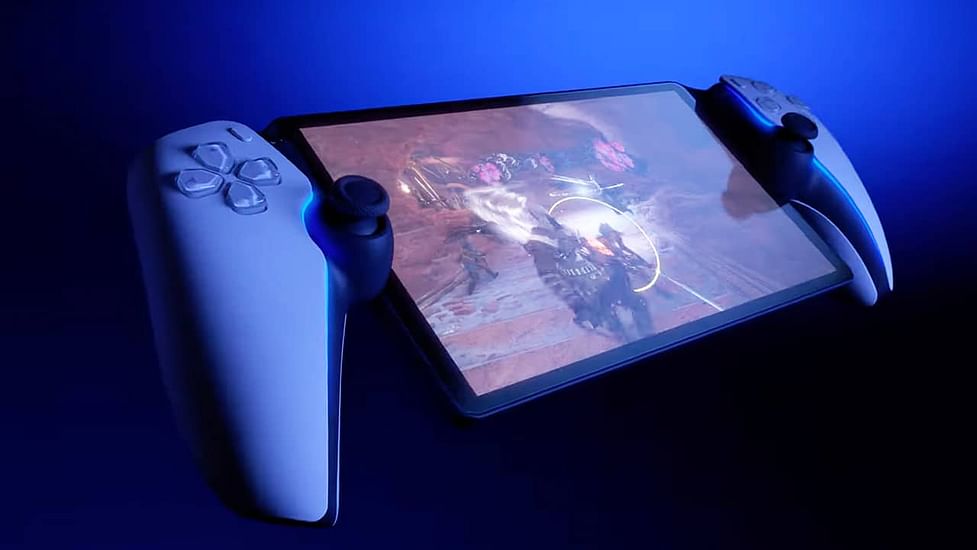Is PlayStation Portal worth it? Today, I’ll be breaking down all you need to know about the PlayStation Portal and whether or not you should be one of the people buying it. Let’s not waste any time, and dive right in! You can also skip around with the Table of Contents, should you please.
Table of Contents
What Is The PlayStation Portal?
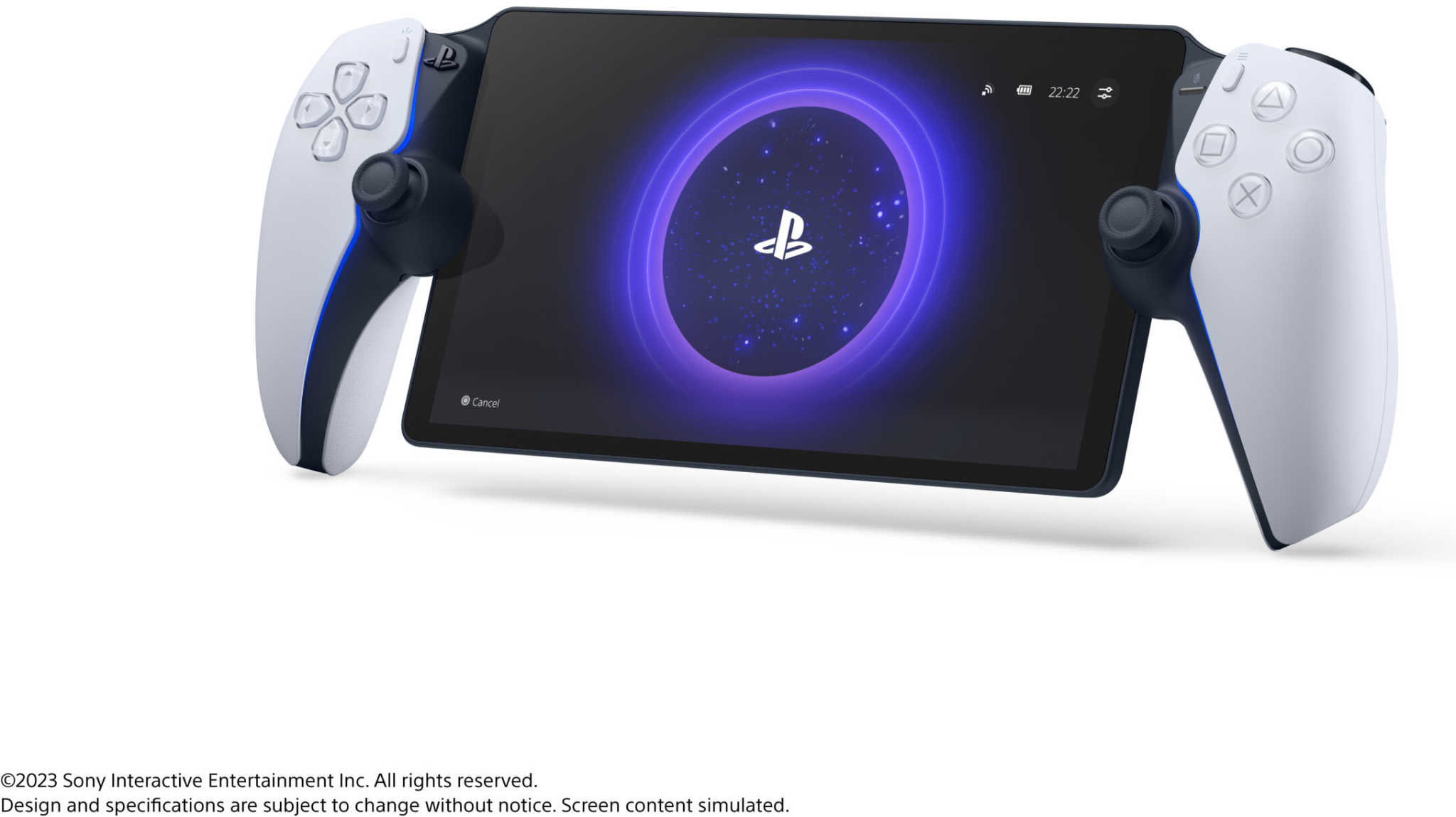
The PlayStation Portal is Sony’s latest PlayStation-branded handheld gaming device. It retails for $199, and is the only Sony handheld that officially supports Remote Play to PS4 and PS5. (PS Vita supports PS3 and PS4 Remote Play, and PSP supports PS3 Remote Play.)
So, $200 for a device capable of playing PlayStation 5 games? Yes, in a sense. You will still need a PlayStation 5 to Remote Play to in order for this device to have any functionality at all.
Can The PlayStation Portal Play Games On Its Own?
No. Unlike the PS Vita and PSP, which were dedicated handheld gaming consoles, the PlayStation Portal only supports Remote Play to a PlayStation 5 and has no functionality outside of that. For some reason it doesn’t even support PlayStation’s own Cloud Gaming, which could make this device a more accessible entry into PlayStation (Internet permitting) if it were supported!
Is PlayStation Portal Worth It? Probably Not
So, is the PlayStation Portal worth it? The device retails for $199 and boasts PS5 Remote Play capability, a feature which previous Sony handhelds don’t have without Custom Firmware.
My answer is “No”, and not just because PlayStation Portal is a streaming device.
Other cheap game streaming devices exist on the market, like the Logitech G Cloud, which can be used with PS Remote Play, Xbox XCloud, and Steam Remote Play. While the G Cloud is more expensive than the PlayStation Portal, it still offers a better spread of platform and cloud gaming support than Sony’s new device.
Really, PlayStation Portal represents you paying $200 to access Remote Play on PlayStation 5. The problem is, you can already Remote Play to PS5 with your smartphone, or a tablet, or PC, and even sync with your existing DualSense controller for an authentic experience.
When we bring in non-streaming devices into the equation, things get even worse! At the same price of the PlayStation Portal, you could instead get a Switch Lite that can actually run all of its games without needing an Internet connection. A Switch Lite isn’t going to be able to access the PS5 game library, but it’s at least a complete, functioning handheld console at the same price point.
If the PlayStation Portal actually supported PlayStation Cloud Gaming and didn’t make such odd decisions as disabling support for Bluetooth peripherals (though wired or Sony’s proprietary ~$150-200 headphones work), I’d still be conflicted but I’d feel better recommending it.
As-is, though, I won’t be declaring PlayStation Portal worth the money. I don’t think it is and most other gamers don’t seem to think so, either. There are better, cheaper ways to Remote Play to PS5, especially if you already have a laptop or a smartphone.
Why PlayStation Portal Is Still Worth Considering
I’ve been (and will continue to be) fairly critical of the PlayStation Portal throughout this article, but I shouldn’t overlook its redeeming qualities, either. Let’s talk about them!
It’s The Official Solution, and Should Do It Best
At $200, Sony isn’t just selling a device running a Remote Play app that can already run on modern platforms without issue. I mean, they’re mostly doing that, but this should actually provide the most optimized version of the experience overall, since both client and host device are coming from Sony themselves.
Plus, as far as PlayStation 5-specific features go, The PlayStation Portal seems like the best choice for keeping those features intact on-the-go. The controller units on the Portal are near-identical to the standard DualSense controller for PS5, which allows for the same haptic feedback and vibration features to be used. These aren’t available in standard Remote Play on other devices.
The Screen Is…Nice
According to impressions, the 8-inch 1080p LCD (perhaps IPS?) screen on the PlayStation Portal reproduces the console quality graphics and viewing experience quite well. The screen size is not only larger than Deck and Switch, but also runs at a higher 1080p resolution than the 720p (technically 800p on Deck) resolution on Switch.
Truthfully, I’m a little bit frustrated with the screen for not being OLED. If Sony is going to go out of their way to sell a device like this, it should be as premium a viewing experience as possible, and with an OLED Switch available at twice the price running games onboard, I kind of expected better than just “Good” from Sony here.
The Form Factor Seems Comfortable
I think one of the most important selling points of the PlayStation Portal compared to handheld gaming devices like the Steam Deck or ROG Ally is actually its weight-to-screen-size ratio.
One of the compromises of moving to larger screen sizes for handheld gaming devices since the launch of the Switch has been seen in devices getting heavier to compensate for the screen and the rest of the onboard hardware. Switch actually did it somewhat poorly, since the flat design of the default Joy-Con controllers makes it uncomfortable for extended, multi-hour play. Steam Deck is significantly heavier than Switch, but its more ergonomic handles make long-time play a much more comfortable experience.
From appearances and impressions, PlayStation Portal actually seems to have an ideal form factor for a gaming device like this. The controller design is nearly the same as the original console’s, and the absence of internal processing power allows for an incredibly sleek, refined, lightweight overall package with the screen included. With these factors taken into consideration, Portal should be more comfortable for extended use than either the Deck or the Switch.
PlayStation Portal Alternatives to Consider
1. Steam Deck or Another Gaming PC
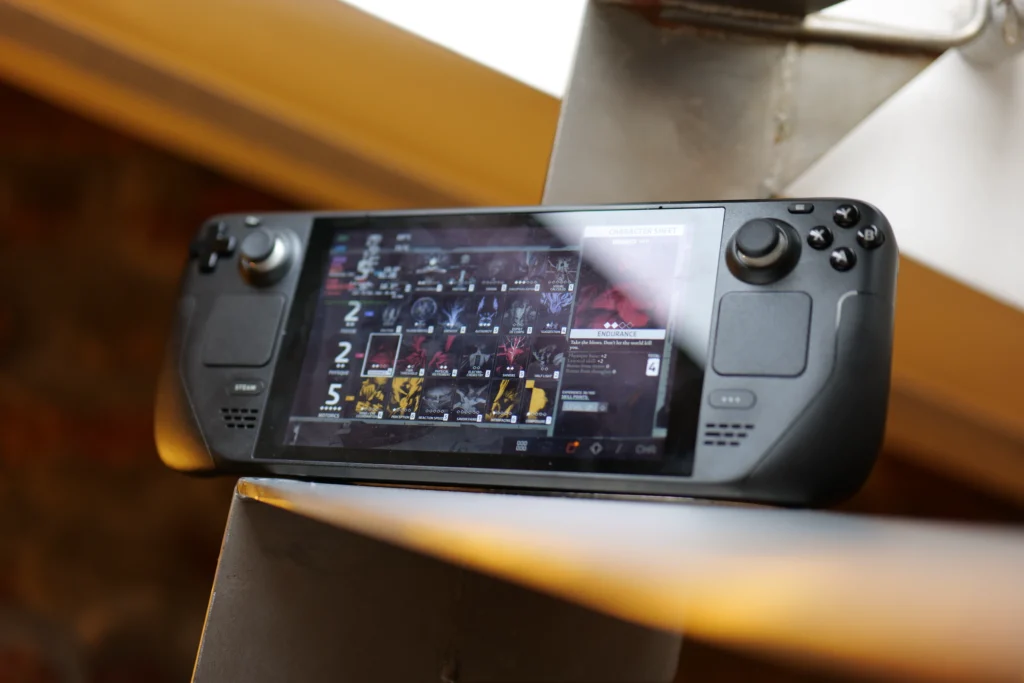
If you’ve seen my coverage elsewhere on this site, you may have already anticipated that I would recommend Steam Deck or one of its alternatives as a better choice than the PlayStation Portal, since they’re all…actual gaming devices. I especially recommend the Steam Deck itself, since even the $400 entry-model can provide PS4-equivalent experiences and supports PS5 Remote Play through Chiaki.
Also, I’m low-key not the only person that’s been treating the Steam Deck as a modern-day successor to the PS Vita. Sony executives have been doing it themselves by porting PS4/PS5 games to PC and posting them playing it on Steam Deck on Twitter.
Yeeessss!!! #SteamDeck pic.twitter.com/UeObIbJ7XA
— Shuhei Yoshida (@yosp) January 20, 2022
That’s way too good for me to make up.
2. An OLED PS Vita With Custom Firmware
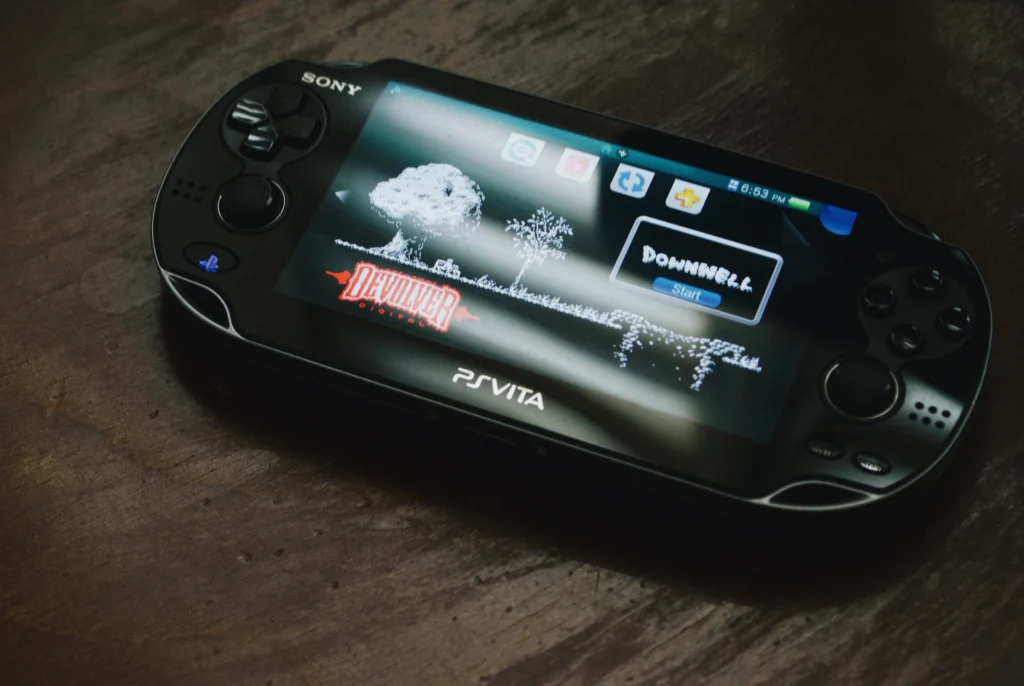
Another alternative you may want to consider to PlayStation Portal, especially if you’re willing to install Custom Firmware, would be the original OLED PS Vita. The PS Vita already provides flawless PS3 Remote Play in addition to its own cult library and expanded access to PS1 and PSP titles. An unlocked Vita is an emulation and homebrew beast, and demonstrates how truly ahead-of-its-time the device was.
At the time of writing, the PS Vita does not officially support Remote Play from PlayStation 5. Realistically there’s no reason it shouldn’t be able to do this, especially since it does so with PlayStation 4 flawlessly as-is. Sony is unlikely to add the feature, though, especially since it may risk cutting into the sales of their new $200 handheld.
Fortunately, the community is hard at work porting Chiaki (Open Source PS5/PS4 Remote Play Client) to PS Vita through “Vitaki”. This homebrew software requires CFW to function and is still in development, but it does work!
Will Sony Ever Make A New PSP or PS Vita?
Unfortunately, the reveal of the PlayStation Portal has very much sucked the wind out of the sails of traditional handheld gamers who don’t necessarily want to be attached to powerful Wi-Fi at all times when gaming. Sony has seemingly no interest in providing an actual successor to the PSP or the PS Vita, despite their dedicated fans.
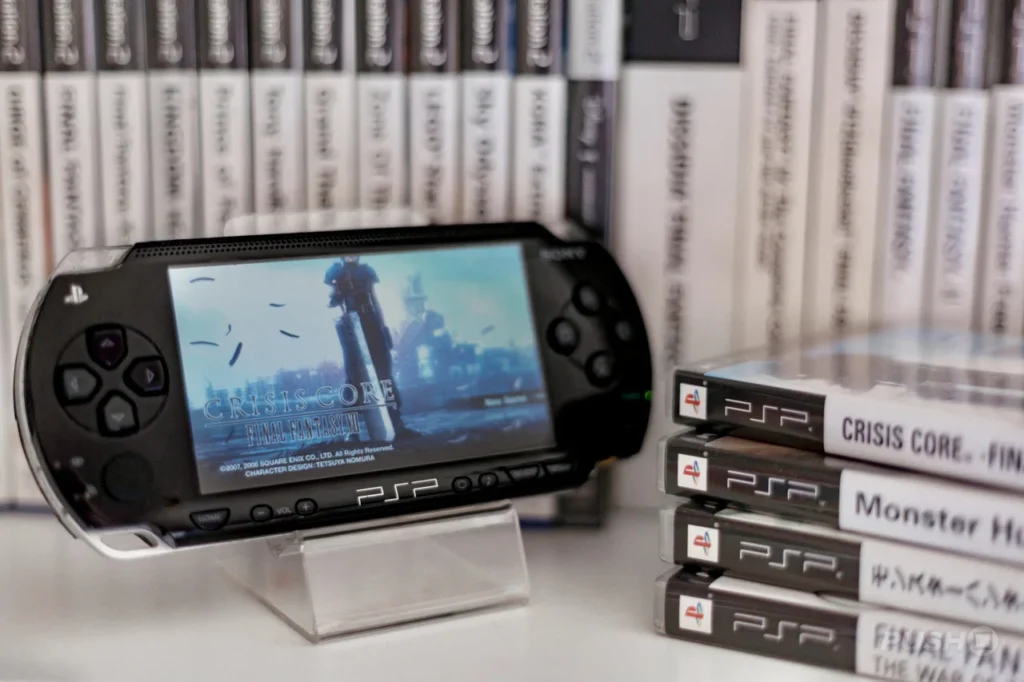
It’s important to understand why Sony made this decision, though. The handheld gaming console market has been dominated by Nintendo for a very long time, and the Portal is not even remotely intended as a Switch competitor. The actual PSP (PlayStation Portable) and PS Vita earnestly tried to compete with the Nintendo DS and 3DS, respectively, but ultimately console and game sales simply were not enough to justify Sony’s continued investment in portable gaming, especially as the Vita was pushing PS3-esque graphics and thus increasing development costs.
Realistically, even Nintendo seems to have made the decision against having separate console and portable game development studios since the Switch combined both markets on Nintendo platforms. Similarly, Sony’s release of the PlayStation Portal allows them to leverage the combined PS5+PS4 library for handheld gaming without needing to actually develop or port titles for a handheld console.
The PlayStation Portal is a great device…if you’re Sony or you’re extra willing to spend hundreds of dollars on a remote play device. It doesn’t have the hardware to warrant being compared to a handheld console or PC, though, and I am truthfully sad to see the return of “PSP” in such a compromised form.
Somebody wished for a “new PSP” on a monkey’s paw and now we must all live with the consequences, I guess.

